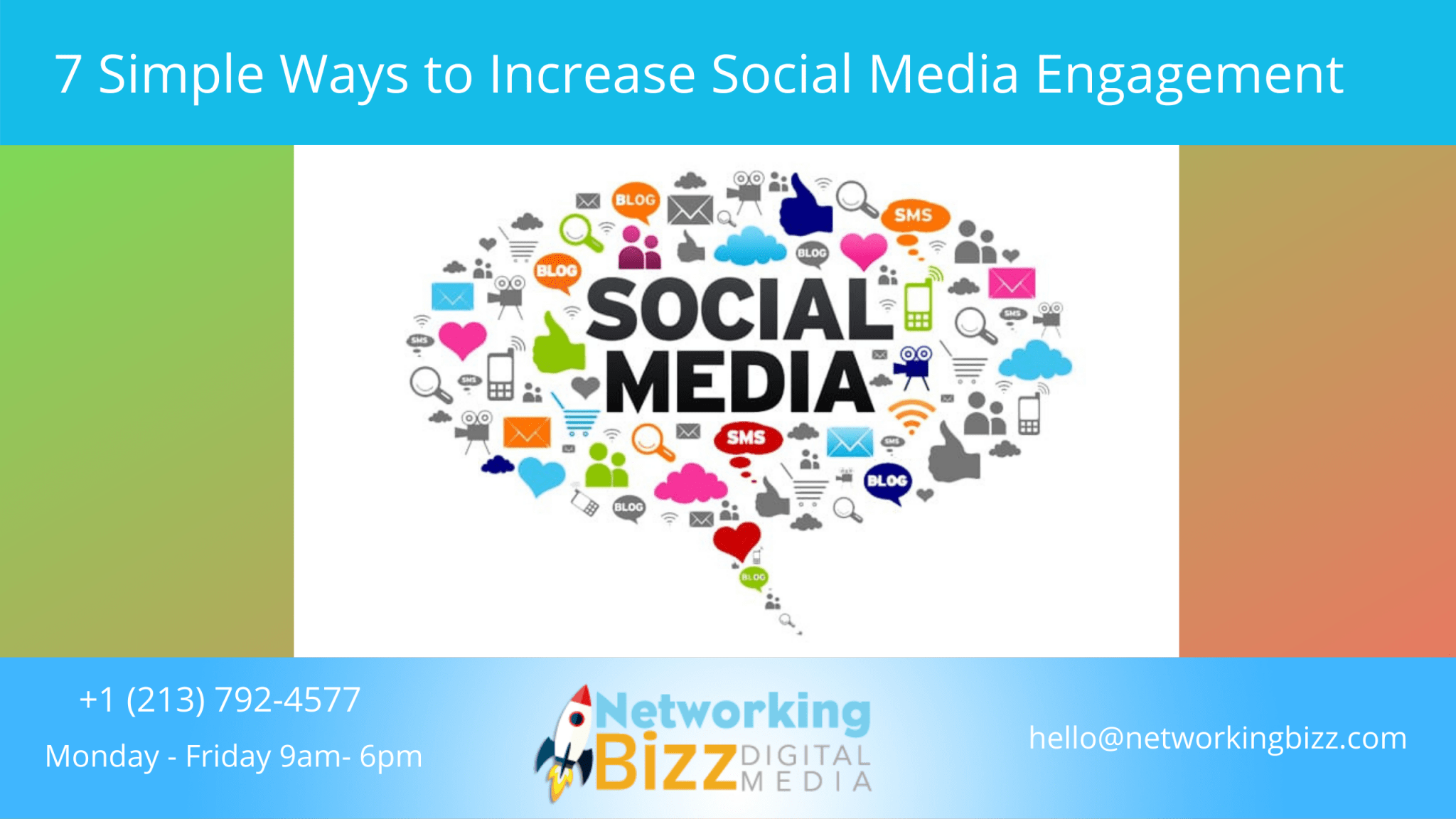1. Take a good, long look at your posts.
 People are busy, and they check their social accounts on the go. For now, Twitter’s character limit forces marketers to be brief, but brevity is just as important on Facebook and LinkedIn. But it’s not enough to just think about what you’re communicating on social media — you have to think just as critically about when you say it.
People are busy, and they check their social accounts on the go. For now, Twitter’s character limit forces marketers to be brief, but brevity is just as important on Facebook and LinkedIn. But it’s not enough to just think about what you’re communicating on social media — you have to think just as critically about when you say it.
In general, B2B customers are on social media in the early afternoon, and weekdays are the best days to catch them. There’s a lot of research on the best days and times to post on social media platforms, but you ultimately need to stay attuned to when your audience engages most often.
2. Use visuals.
Visual content is more than 40 times more likely to be shared on social than other types of content, so including it in your social posts is a must. And as Millennials continue moving into positions of greater purchasing power and decision-making within companies, using visuals to appeal to them will be critical.
3. Give a shout-out to clients and partners.
Spread the love when you share content on social by tagging clients or partners in your posts. If you mention a client or a partner’s business in an article, tag the client or company in your post to give a shout-out, increase your reach, and improve your chances for engagement. If your team uses and loves a product or service, let others know you find it valuable, and tag the business in your post.
4. Facilitate and engage in conversations.
The idea behind social media is to encourage social interaction, establish trust, and build relationships with others, and that can only happen when you and your audience actually engage in meaningful conversations. Use social media for more than just general updates. Add value to your followers, and start conversations with them. By doing this, you’re humanizing your brand and your company, which makes trusting relationships come more naturally.
5. Use polls and surveys.
Not only do the results from polls and surveys give you valuable information about pain points and problems, but they also give your audiences the chance to give their feedback and feel heard. This communicates to them that you’re interested in what their needs and interests are. And if you offer an incentive, such a discount or a piece of gated content that’s worth the download, you can gather even more useful information.
6. Get creative with hashtags.
If you can come up with clever word combinations, use them as often as possible. Ask your audience members to use your hashtags, and you can also use theirs in your posts.
7. Don’t ignore analytics — dig deep into them.
 The administrator of any social media account has access to analytics. When you access the data and comb through reports, you can gather critical information, including who is connecting with you, when your followers are most engaged, and what types of posts perform better. Use that insight to tailor your social strategy and optimize your efforts. Track your efforts, analyze your successes, and, above all, listen to your audience.
The administrator of any social media account has access to analytics. When you access the data and comb through reports, you can gather critical information, including who is connecting with you, when your followers are most engaged, and what types of posts perform better. Use that insight to tailor your social strategy and optimize your efforts. Track your efforts, analyze your successes, and, above all, listen to your audience.
A social media strategy should increase not only the number of followers your business has, but also the quality of those followers. Your goal should be to attract the people who are most likely to find your message valuable and continually engage with them. A strategy like this takes effort, but if you set aside time each week and concentrate your efforts on your most active, valuable platforms, you can increase your social engagement.

